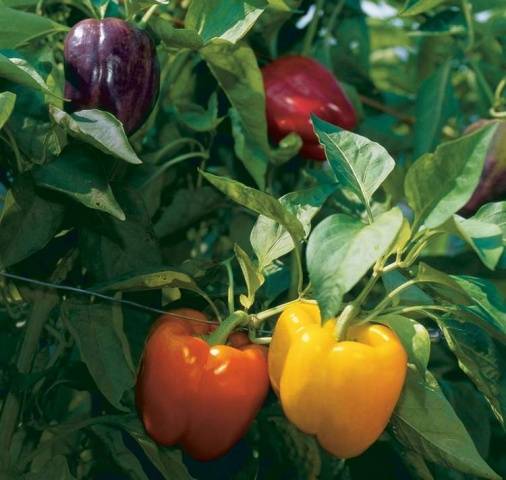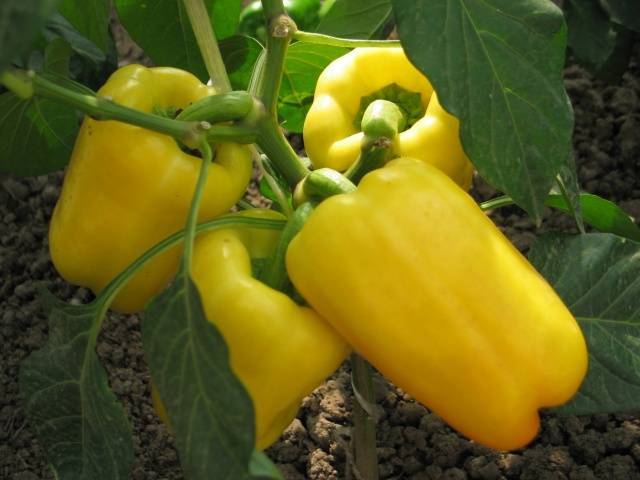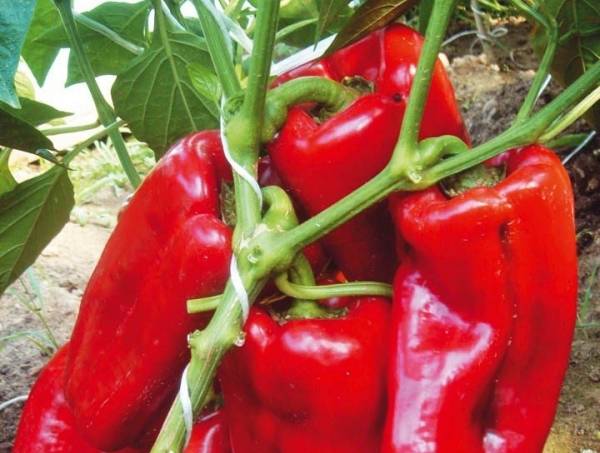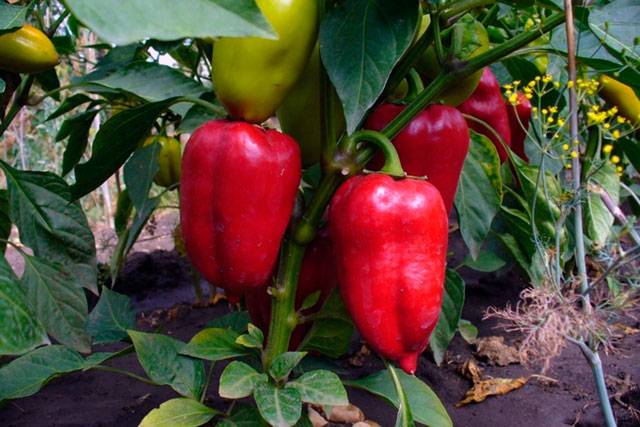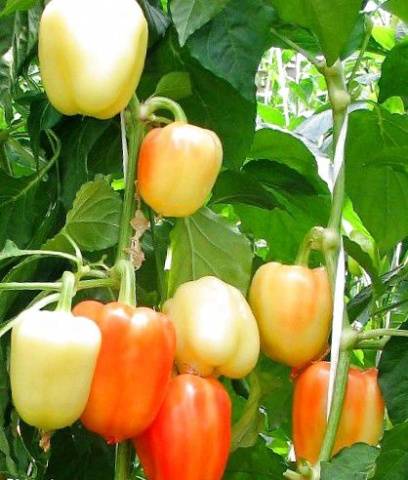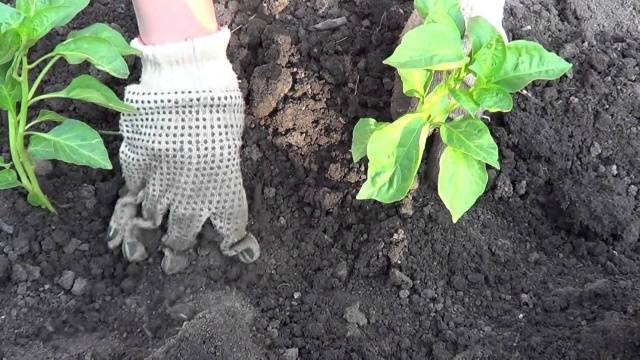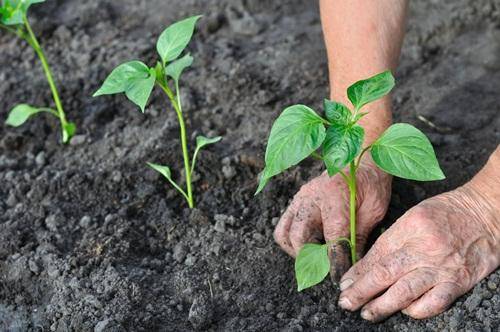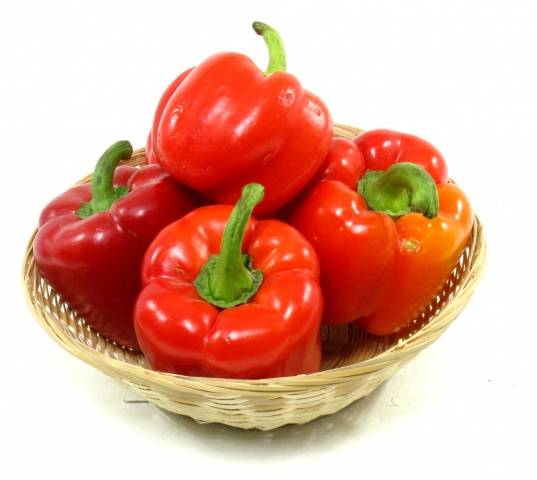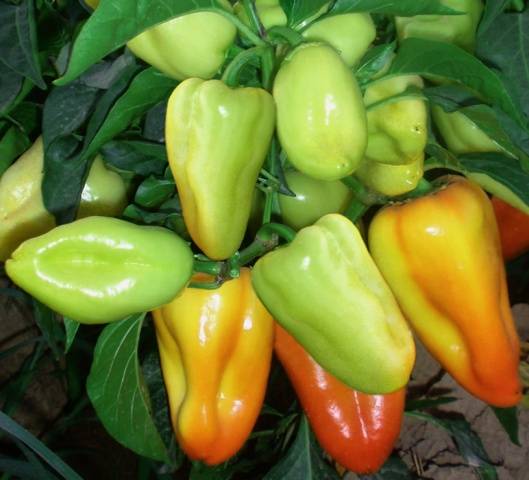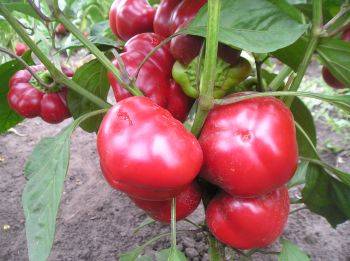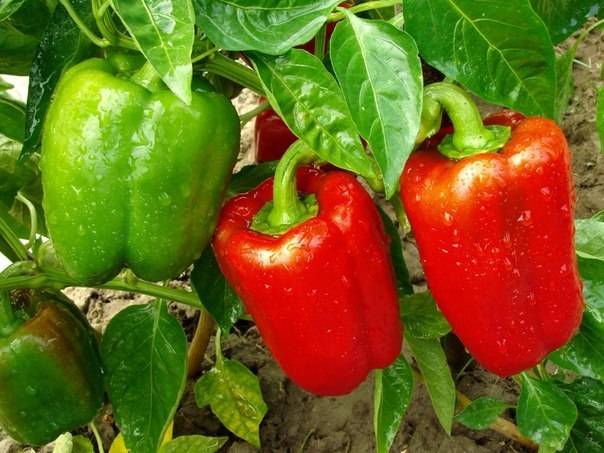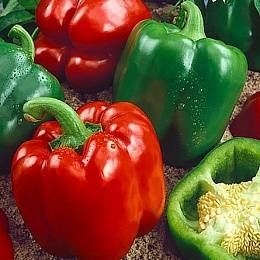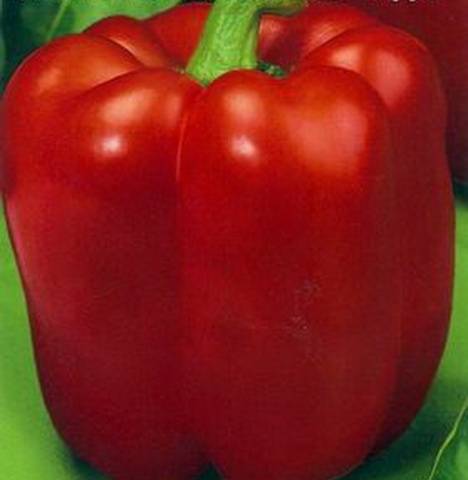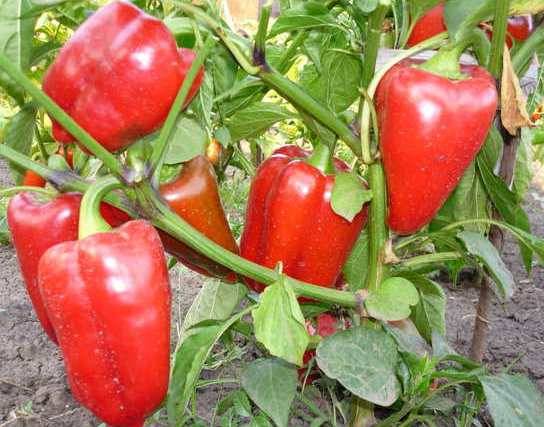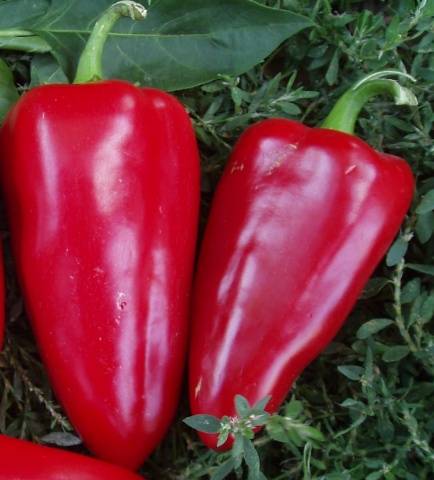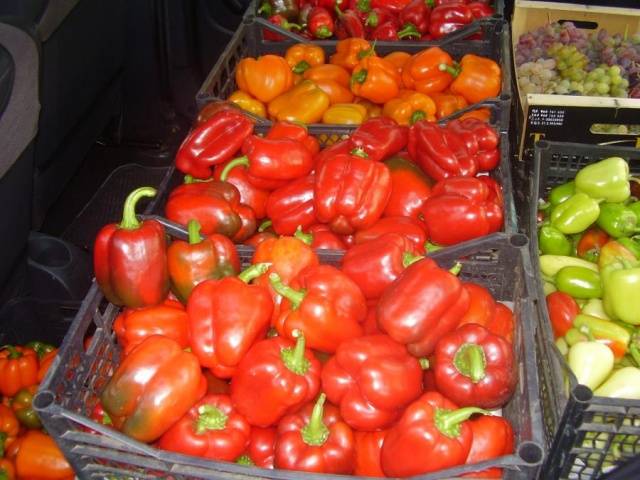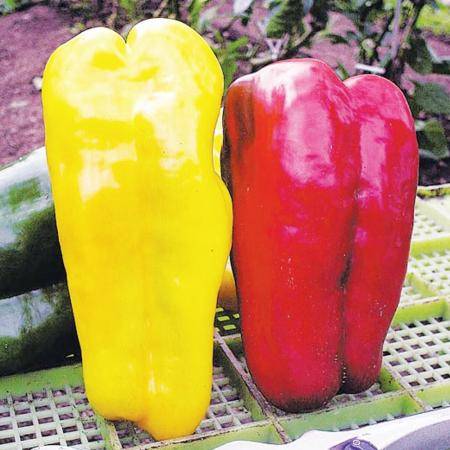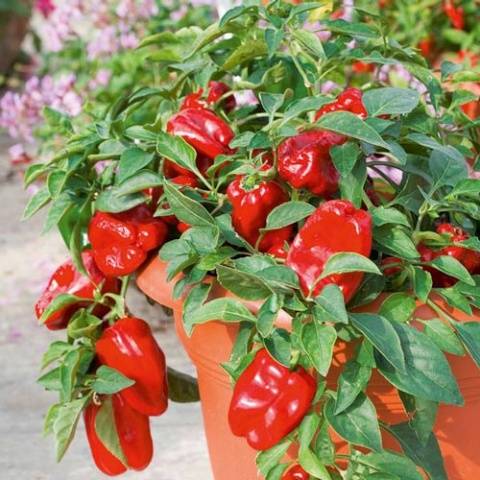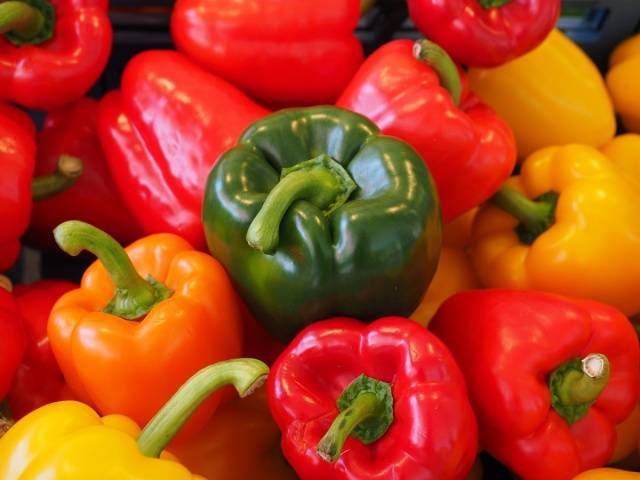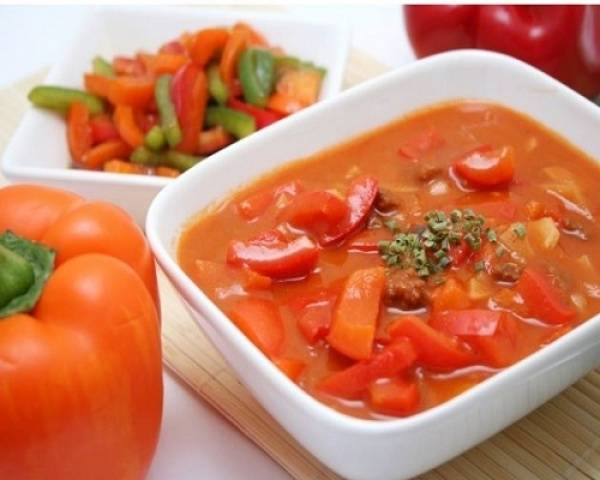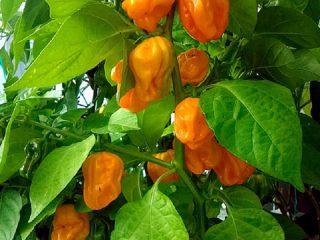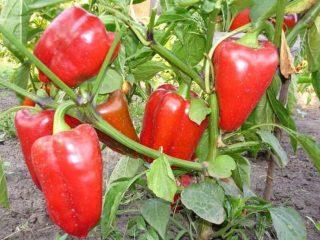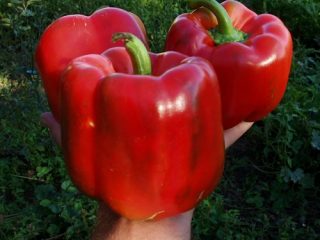Content
Bell pepper is a southern culture, which is considered to be its homeland in Central America. It is clear that the climate in Russia is radically different. For a long time, it was believed that sweet peppers are completely unsuitable for cultivation in the northern country. However, science does not stand still, every year new varieties and hybrids appear, characterized by increased resistance not only to low temperatures, but also to diseases.
If earlier gardeners and summer residents could grow bell peppers for themselves only in a greenhouse or under cover, today there are a lot of varieties intended even for the northern regions and Ural... A brief overview of cold-tolerant pepper varieties will be presented in this article. And also - some rules for growing this capricious crop.
How to choose a variety that is resistant to cold and disease
Pepper is a very delicate plant that requires constant care. It needs to be watered regularly and abundantly, plowed, fertilized with mineral fertilizers. Today there are hybrids that are less finicky. They are perfect for summer residents who visit their plots only on weekends.
Hybrids appear by crossing several varieties, while the latter plants (“descendants”) have the best qualities of their “ancestors”. It is these peppers that are the most resistant: they are not afraid of either cold or disease.
"Actor"
One of the tallest varieties is Litsedei. The bushes of this plant reach 150 cm in height, never being less than a meter. Plant such tall peppers it is better to go to the greenhouse so that they are not damaged by wind or heavy rain. The plant is tied up several times per season.
The fruits themselves are also very large - the average weight of one reaches 300 grams. The peel has a bright red hue, the shape of the fruit is elongated, conical. You can recognize the variety by the rounded tip.
The pulp of the pepper is very juicy, the walls are thick. These peppers can be used to cook any dish, and can also be eaten raw and canned.
The variety is not afraid of disease and temperature drop. With proper care, up to 14 mature, large fruits are removed from one bush of this variety.
"Bagration"
This plant is also quite tall - the bushes reach 100 cm. The variety can be safely planted in open ground - it is hardened and resistant to diseases such as verticillium and tobacco mosaic.
The shape of ripe peppers is cuboid. Color - yellow interspersed with red and green. The rind is fleshy, smooth, with clear edges. This variety is prized primarily for its excellent taste - peppers can be put in salads, various dishes and sauces, and canned for the winter.
One fruit weighs about 200 grams, about 14 of these vegetables can be removed from each bush per season.
"Nafanya"
The bush of this plant is low - the height does not exceed 0.7 meters. The variety is excellent for growing in central Russia and the Urals. Pepper is resistant to sudden, short-term cold snaps and some dangerous diseases.
Ripe vegetables are colored dark red, sometimes in purple... The shape of the fruit is conical, with a strongly pointed tip. The weight of each does not exceed 180 grams.
Peppers are distinguished by their high taste characteristics and a long fruiting period.During the season, many ovaries appear on the bushes; with good care, up to 15 fruits can be removed from each plant.
"Tomboy"
The bushes of this variety are very compact - up to 70 cm in height, which is excellent for growing peppers outdoors. Ripe fruits can be colored in any shade of yellow: from reddish to orange-orange.
The shape of the peppers is conical, the tip is rounded. The weight of one fruit is only 130 grams, but up to 25 fruits ripen on each bush.
The variety belongs to the high-yielding variety, the fruits are distinguished by a sweet taste and increased juiciness.
How to grow pepper seedlings
In hot countries, pepper is grown for several seasons in a row, because it is a perennial crop. But in the temperate climate of Russia, you have to plant pepper every year.
If the pepper is sown with seeds, it simply will not have time to ripen before the onset of cold weather. The growing season of this plant is 95 to 140 days. To speed up the ripening process, peppers are planted in seedlings.
Seedlings are prepared in winter - in early to mid-February. According to the rules, peppers for seedlings must be planted in this way:
- Prepare soil and seeds.
- Sow pepper seeds in wide and shallow wooden boxes, water.
- Cover the boxes with plastic wrap and place in a warm place.
- When the first shoots appear, remove the film. Constantly maintain a high temperature - 25-27 degrees.
- When the plant already has two leaves, it needs to be dived - planted separately.
- Peppers are planted one plant at a time in disposable or organic cups.
- Two weeks before planting seedlings in the ground, it is necessary to lower the air temperature by several degrees, thereby hardening the pepper.
- Bushes with 7-8 good leaves are planted in a greenhouse or in the ground.
Varieties intended for Siberia
The harsh continental climate of Siberia and the northern regions of the country is responsible for a very short summer with unstable temperatures. Sharp cold snaps are possible here, so it is better to grow heat-loving bell peppers in greenhouses or at least under temporary shelters.
Previously, it was believed that only varieties of pepper with small fruits, thin walls and dryish pulp were suitable for Siberia. Such peppers tolerate cold better, but do not "shine" with taste - their aroma is poorly expressed, they have a bitter taste. Such vegetables are suitable only for canning or stuffing, but not suitable for salads and fresh consumption.
Today you can even enjoy the taste of bell pepper, its juiciness, get all the vitamins and trace elements contained in it, even in the north. Breeders have developed a lot of cold-resistant varieties and hybrids that can be planted in open ground.
"Kolobok"
The bushes of this variety are very small, their height reaches only 60 cm. The culture belongs to the early maturing - the first vegetables can be eaten as early as 110 days after planting the seeds.
The fruits are colored bright red and have a cubic shape. Inside, the fruit is divided into four chambers, its walls are very thick and fleshy - up to 8 mm.
The vegetable is considered one of the most delicious, has an unusually juicy and aromatic pulp. Peppers grow small - their weight rarely exceeds 90 grams.
The variety can be grown both outdoors and in a greenhouse. It is perfect for canning and fresh consumption, making salads, and a wide variety of dishes.
"Firstborn of Siberia"
A mid-early variety that allows you to get the first fruits already on the 112th day after planting the seeds in the soil. The culture was bred at the Siberian Experimental Station, therefore it is excellent for the local climate.
Pepper bushes are very compact - their height lies in the range of 40-45 cm. The fruits themselves are also small - the weight of each varies from 50 to 55 grams.
The shape of the fruits is pyramidal, they can have a yellowish or reddish tint. The wall thickness of the pepper is about 9 mm, which, given such a compact size, makes the vegetable very meaty and juicy.
The fruit has an excellent taste - sweetish, with a characteristic aroma. From each meter of the garden plot, you can collect up to 4 kg of an excellent harvest.
"Novosibirsk"
In the same research institute, a variety of Bulgarian pepper "Novosibirsk"... Unlike the "Firstborn of Siberia", this crop is best grown in greenhouses or hotbeds. The bushes grow up to 100 cm in height and need to be tied up.
The peppers are small - weighing up to 60 grams, their walls are up to 6 mm thick. The fruit tastes very sweet and juicy.
It is necessary to plant the variety with seedlings. They sow it in mid-February, and after two months the seedlings are transferred to the greenhouse soil. After 35-40 days after that, you can count on the first harvest.
"Siberian"
One of the most adapted varieties of bell pepper for the climatic conditions of Siberia is "Sibiryak". Its bushes are low - up to 60 cm, fruits are small.
The mass of one vegetable is 110-150 grams. The peel of the peppers is red, glossy. The shape resembles a cube.
Even with poor care, poor climatic features, "Sibiryak" will survive and give a stable harvest in the region of 6-7 kg per square meter.
The first fruits appear on the 115-120th day after sowing the seeds, which makes it possible to classify the variety as mid-season. Vegetables tolerate transportation well and are suitable for long-term storage.
Pepper for the Urals
The climate of the Urals is not as harsh as in the far north of the country, but it is also not considered favorable for the cultivation of thermophilic crops. Special varieties of bell peppers are grown here both in the open field and in heated or unheated greenhouses.
The best time for planting seedlings in the soil is considered the end of May - beginning of June. The varieties are chosen early, capable of yielding a crop in a short period of time - three months. So, even in a short and cool summer with unstable temperature and humidity, you can get quite high yields of a tasty and healthy vegetable.
"Montero"
The early maturing variety can be grown in both heated and unheated greenhouses. The bushes are quite tall - up to 120 cm, they need to be tied up in several places.
The fruits grow large, their weight can fluctuate depending on the conditions and nutritional value of the soil - from 260 to 900 grams. The wall thickness is about 9 mm, this pepper tastes very juicy and sweet.
With good care, up to 16 kg of vegetables can be obtained from each meter of soil, which allows the variety to be classified as a high-yielding variety.
"Pioneer"
A variety bred specifically for cultivation in the Ural lands - "Pioneer". The culture gives low, but stable yields - only up to 1 kg per meter of land. But this variety can be grown outdoors without shelter and heating.
Small bushes - up to 70 cm in height. The fruits are also small - up to 55 grams. The peel is colored bright red, the walls are thick - up to 5 mm. The shape of the fruit is a pointed cone.
On the 116th day, you can get the first vegetables even in the open field of the Ural climate.
"Bogatyr"
One of the most popular varieties in cold regions is Bogatyr pepper. The plant belongs to mid-season, the first vegetables appear on the 120th day after planting seeds for seedlings.
Even with insufficient lighting and constant temperature drops, ripe fruits reach 18 cm in length and 200 grams in weight. The pepper is very juicy and sweet. It is better to use it for preservation, it perfectly retains its taste and nutritional properties.
"Red Bull" and "Yellow Bull"
These "twin brothers" also belong to the mid-early varieties - the first harvest can be harvested on the 120th day after planting.
Bushes must be tied up, as heavy fruits can break off branches.After all, the mass of one type of pepper "Yellow Bull"Often reaches 300 grams, and his" brother "can weigh as much as 450 grams.
The length of the fruit is 20 cm, the skin is thin and the flesh is juicy. The palatability is high enough.
"Winnie the Pooh"
A variety that looks like an ornamental one. The bushes are small and compact, their height reaches only 30 cm. The fruits themselves are also very small, but sweet. They grow in bunches, which looks very attractive.
You can not only feast on such a plant, but also decorate a garden plot or a flower bed with it. Small red cones ripen quickly enough - on the 115th day after planting the seeds.
These scarlet "bouquets" can still be eaten - peppers are great for making sauces, canning and fresh consumption.
How to choose a cold-resistant variety
To choose a good bell pepper variety, you need to analyze the conditions in which it will be grown.... General recommendations for gardeners from the northern and central regions of the country are as follows:
- You need to choose early-ripening (at least mid-season) varieties of bell peppers. Only such crops will have time to mature in a short summer, because their growing season is 95-120 days. Considering that the seedlings should stand warm for 2 months, and only then be planted in the ground, the first vegetables can be obtained by mid-July.
- The soil for pepper needs nutritious, loose. Choose an area with good lighting and protection from strong winds.
- Tall varieties must be tied up, the fruits on them are usually large, they can break the fragile branches of the plant. Crops with a height of more than 90 cm should only be planted in a greenhouse to protect them from gusts of wind.
- In Russia, pepper is planted only with seedlings. This applies to both the northern regions and the south of the country.
- In a bad climate, you need to have a small greenhouse, a tunnel, a covering material on the site in order to protect the plants during sudden temperature surges.
- Water the peppers regularly, being careful not to wet the foliage. It is better to do this in the morning, so that the earth dries up by a cool night.
Observing all the rules, you can grow a good harvest of bell pepper even in the cold climates of Siberia and the Urals..
